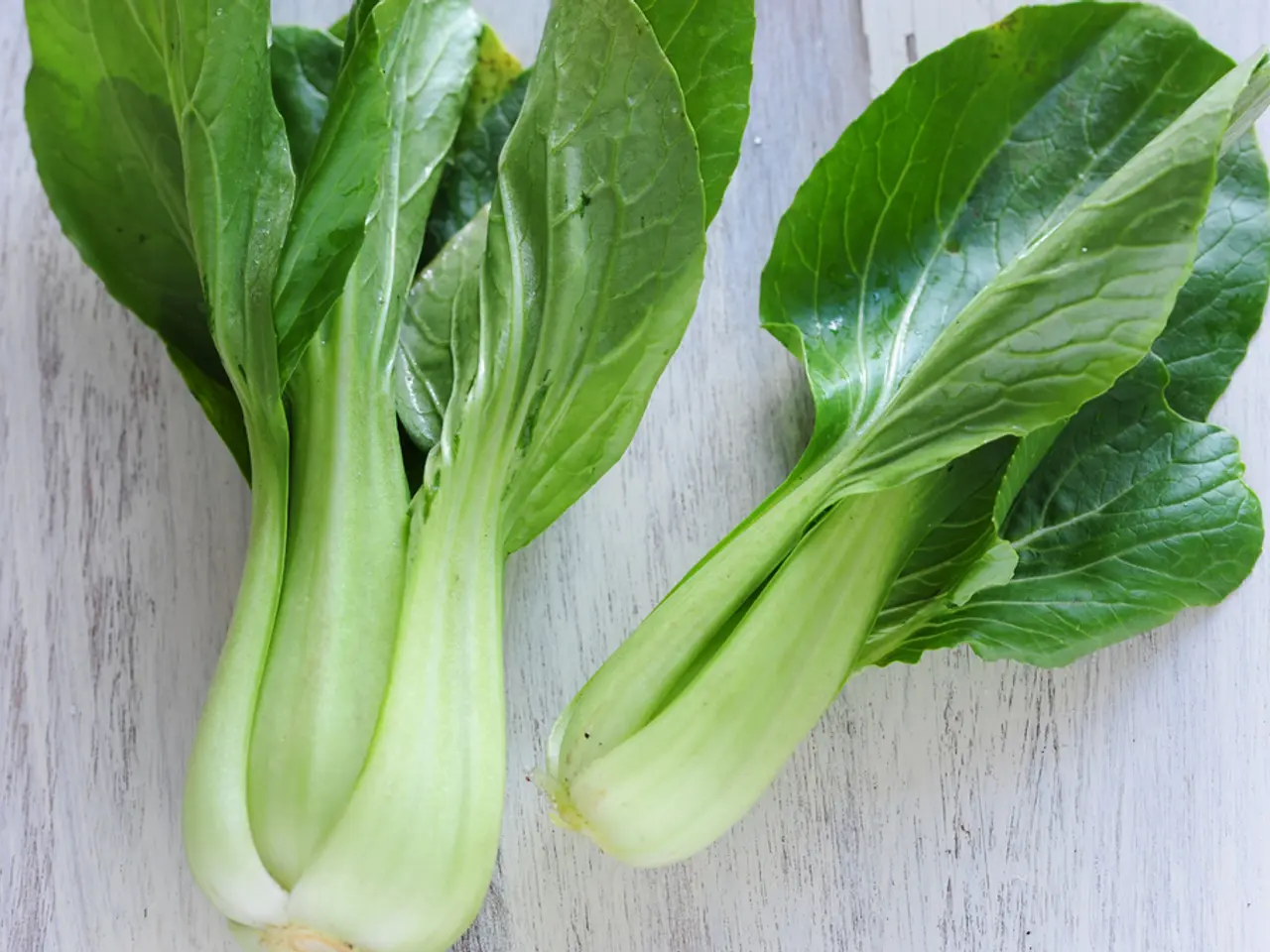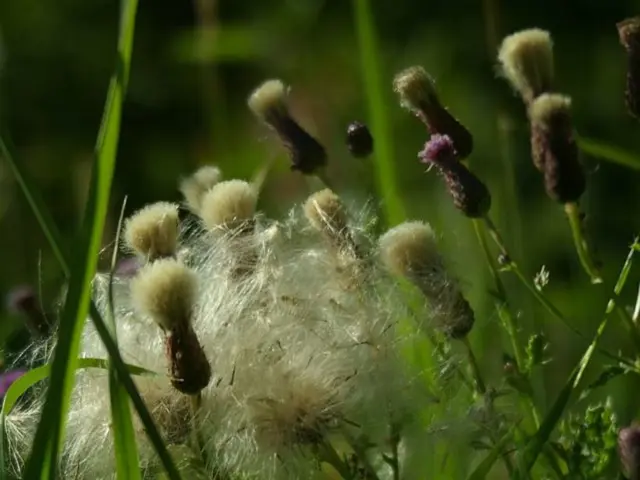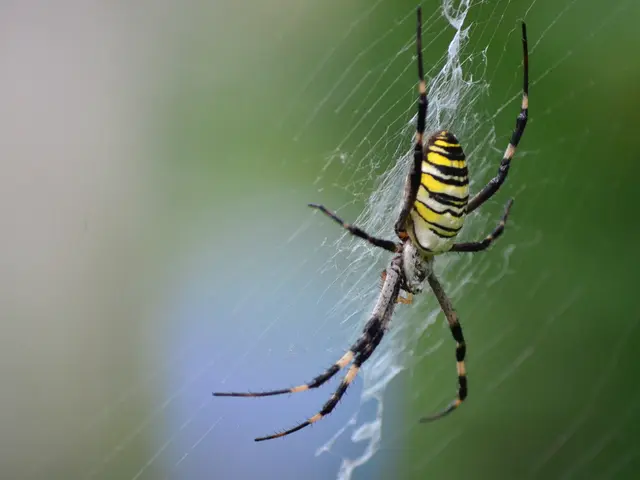Growing Pak Choi: A Comprehensive Guide
Growing Pak Choi Like a Pro, Even in Hot Weather
Pak choi (or bok choy) is a versatile leafy crop that's perfect for salads and stir fries. But, growing it in hot weather can be tricky. Let's dive into some tips for successful pak choi cultivation, avoiding bolting, and keeping slugs at bay.
The Lowdown on Pak Choi
Pak choi loves 4 to 6 hours of sunlight daily, ideally in the mornings or late afternoons when temperatures are cooler. In the heat, providing some shade in the peak sunny hours can help prevent heat stress and bolting (premature flowering).
Choose deep, rich, and moisture-retentive soil with good drainage. Open sunny sites with a touch of summer shade create an ideal growing space for pak choi.
Beating the Heat
- In hot climates, maintain consistent moisture by watering regularly to keep soil evenly moist but not waterlogged. In extreme heat, more frequent watering may be necessary to avoid drought stress.
- Greenhouses and containers may require shade paint on glass panels or shade cloth during the hottest months, to keep temperatures below 27°C (80°F) and reduce stress on the plants. Humidity can be boosted by dampening the inside area, helping plants better cope with high temperatures.
Bolting, Be Gone!
Bolting is often a result of excessive heat or dryness. By providing partial shade, consistent watering, and avoiding sudden temperature fluctuations, you can minimize bolting. Sowing seeds in cooler periods of the day or in slightly shaded locations during the summer protects pak choi from premature flowering.
Slug-proof Your Pak Choi
Slugs and snails adore pak choi's tender young leaves. To keep them away:
- Apply physical barriers like copper tape or slug pellets that are safe for edible gardens.
- Perform regular nighttime checks of your plants and manually remove slugs.
- Ensure your garden remains clean of debris and mulch, as these can harbor slugs.
Protect Your Pak Choi from Pests
Cover your crops with insect-proof mesh or horticultural fleece to shield them from pests like flea beetles and cabbage caterpillars. These unwanted visitors can cause cosmetic damage or leaf holes.
Birds may also be an issue, pecking at pak choi leaves. In such cases, netting can help deter them.
Follow these practices, and you'll be rewarded with fast-growing plants that are ready to harvest in around 30 days. Keep your pak choi lush, harvest-ready, and devoid of unwelcome guests!
References:1. https://www.almanac.com/plant/pak-choi2. https://www.gardenguides.com/117513-grow-pak-choi.html3. https://www.bhg.com/gardening/vegetables/growing/how-to-grow-bok-choi/4. https://www.gardenmyths.com/growing-bok-choy/
- To create a thriving pak choi garden, consider expanding your growing space to include home-and-garden areas where you can cultivate pak choi in conjunction with other home-grown produce such as flowers and herbs.
- Maintaining a balanced lifestyle that includes tending to a home-and-garden with lush plants and fresh produce can contribute to a healthier and more fulfilling lifestyle.








